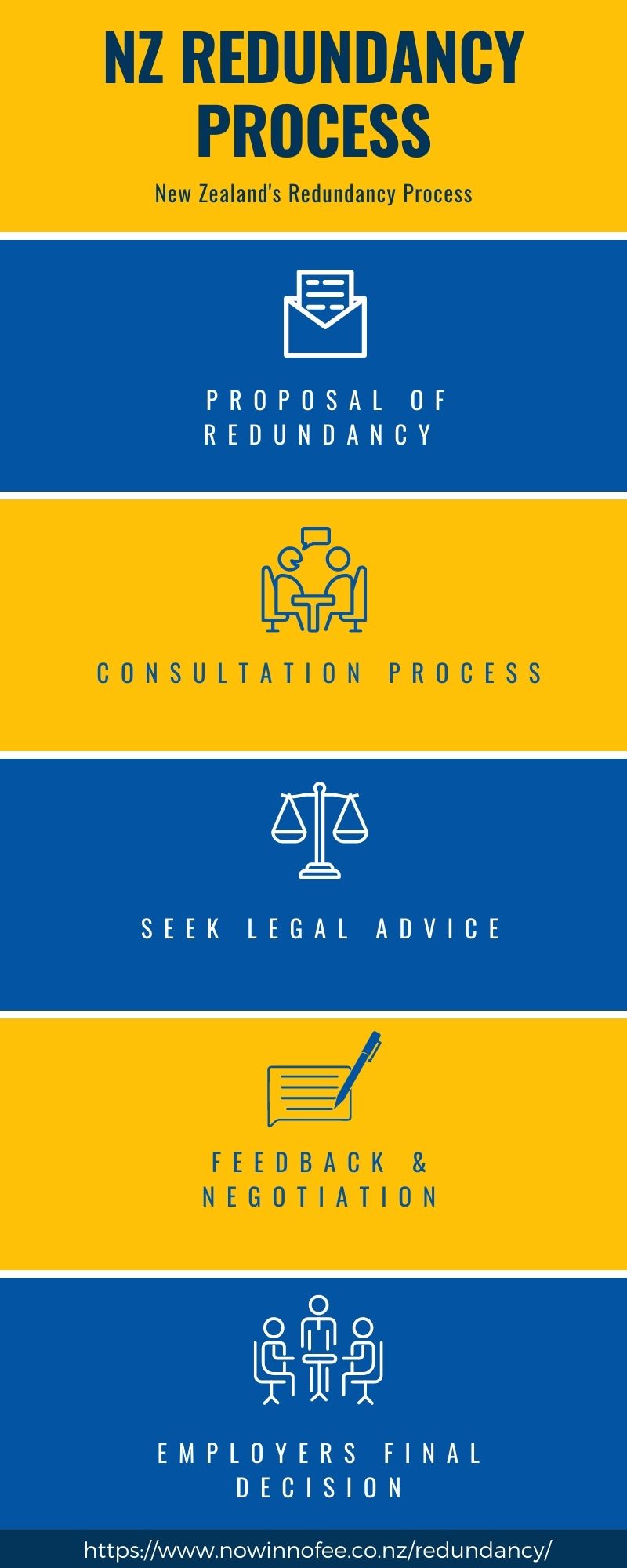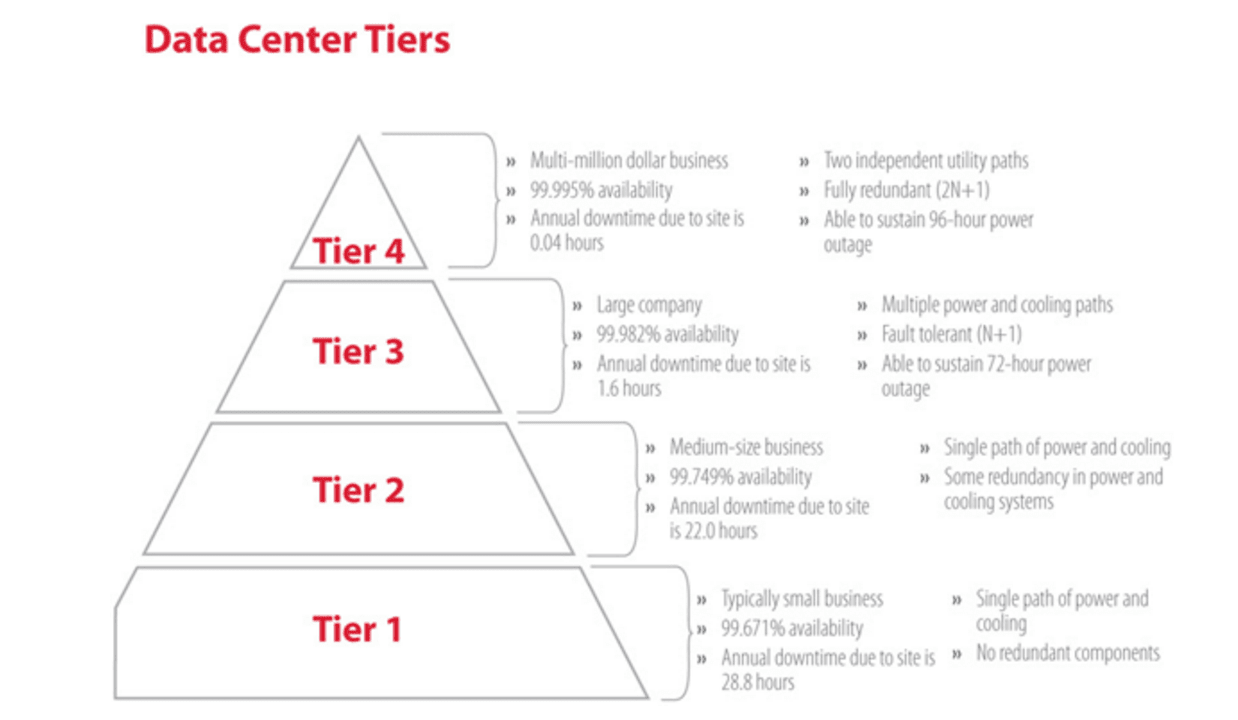Your Rights to Redundancy If Company Goes Bust: UK Employee Protections
Investigating the Interaction Between Firm Redundancy and Business Adaptability for Future Development
In the vibrant landscape of today's business world, the complex partnership between business redundancy and business flexibility emerges as a vital factor for sustained growth and success. Business commonly encounter the challenge of striking a fragile balance between preserving a level of redundancy to alleviate threats and cultivating adaptability to react promptly to the ever-evolving market needs.
Importance of Business Redundancy
Business redundancy is a vital component that boosts organizational resilience and mitigates operational risks. By incorporating redundancy measures within the organizational framework, firms can better endure unanticipated interruptions and changes in business atmosphere. Redundancy acts as a strategic buffer, allowing companies to adjust and react properly to unanticipated obstacles without jeopardizing necessary operations.
One trick element of the relevance of business redundancy is its role in making sure connection during times of situation. When faced with unexpected modifications or emergencies, redundant systems, sources, or workers can action in to keep crucial features and avoid prevalent interruptions. This connection not only safeguards the company's credibility and consumer count on but also minimizes economic losses and functional downtime.

Strategies for Business Flexibility

Developing versatile business structures that allow for quick modifications to market characteristics and client needs is necessary for staying affordable in a swiftly evolving atmosphere. By proactively recognizing prospective disturbances and possibilities, organizations can proactively adjust and flourish in an ever-changing company landscape.
Balancing Redundancy and Adaptability
Achieving a harmonious stability in between functional redundancy and organizational adaptability is vital in browsing the complexities of a dynamic service setting. Redundancy within a firm supplies a safeguard, guaranteeing connection and security in operations. Nonetheless, an unwanted of redundancy can result in inefficiencies and impede versatility to changing market conditions. On the various other hand, organizational adaptability allows companies to respond quickly to outside interruptions and take brand-new possibilities. Striking the right equilibrium between redundancy and adaptability is a delicate procedure that needs a deep understanding of the company's goals, industry dynamics, and risk resistance.
To accomplish this balance, business require to perform regular evaluations of their operations to recognize areas where redundancy is needed for risk reduction and where versatility can drive development and development. Carrying out flexible frameworks, fostering a culture of continual learning and improvement, and encouraging open communication throughout all degrees of the organization are essential approaches to integrate redundancy and versatility efficiently. By straightening these try these out 2 important elements, companies can position themselves for lasting growth and success in an ever-changing business landscape.
Instance Studies on Adaptation Success
In checking out circumstances of successful business adaptation, it becomes apparent that the interplay in between operational redundancy and adaptability is a defining variable in shaping durable organizations. A DVD rental service, Netflix showed remarkable adaptability by transitioning into a streaming system when digitalization disrupted the market. These situation research studies emphasize the value of functional redundancy coupled with organizational versatility in promoting long-lasting growth and competition.
Building Resilience for Future Growth
Building strength for future growth needs a tactical positioning of operational procedures with market dynamics and arising fads. Companies must adapt to changing environments by fostering a culture of adaptability, technology, and continual renovation.
Furthermore, fostering strong relationships with stakeholders, such as customers, employees, distributors, and the neighborhood, is important for weathering uncertainties and maintaining trust and assistance throughout rough times. Effective communication and openness play a vital function in building strength, as they help help with and align expectations collaboration in browsing uncertainties.
In addition, companies need to focus on learning and growth initiatives to upskill employees and equip them with the required tools to adjust to transforming scenarios. By purchasing their labor force, business can enhance their flexibility and dexterity, inevitably reinforcing their resilience for sustainable future growth.
Conclusion

In the dynamic landscape of today's company world, the complex relationship between business redundancy and organizational versatility emerges as a critical factor for sustained development and success. Firms frequently deal with the challenge of striking a fragile balance in between maintaining a degree of redundancy to mitigate threats and fostering adaptability to respond promptly to the ever-evolving market demands.To attain this balance, business need to carry out normal analyses of their operations to identify areas where redundancy is required for danger mitigation and where versatility can drive advancement and development.In conclusion, the interaction in between company redundancy and organizational flexibility is critical for future development. Structure resilience via a mix of redundancy and flexibility will make sure that companies are prepared for the difficulties of the future.